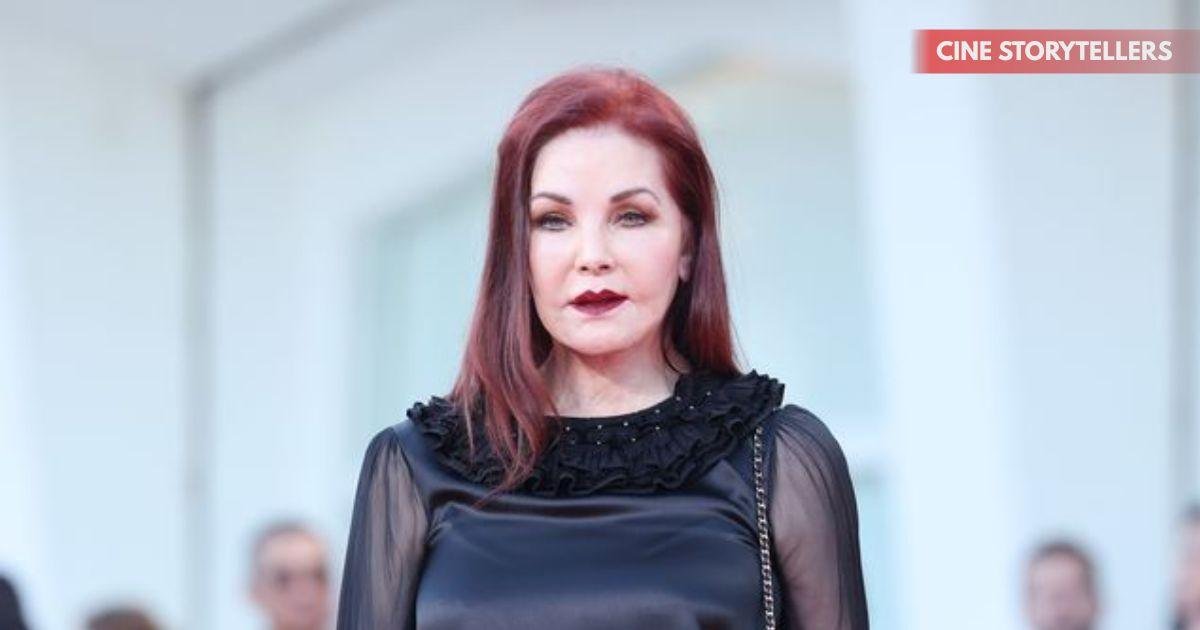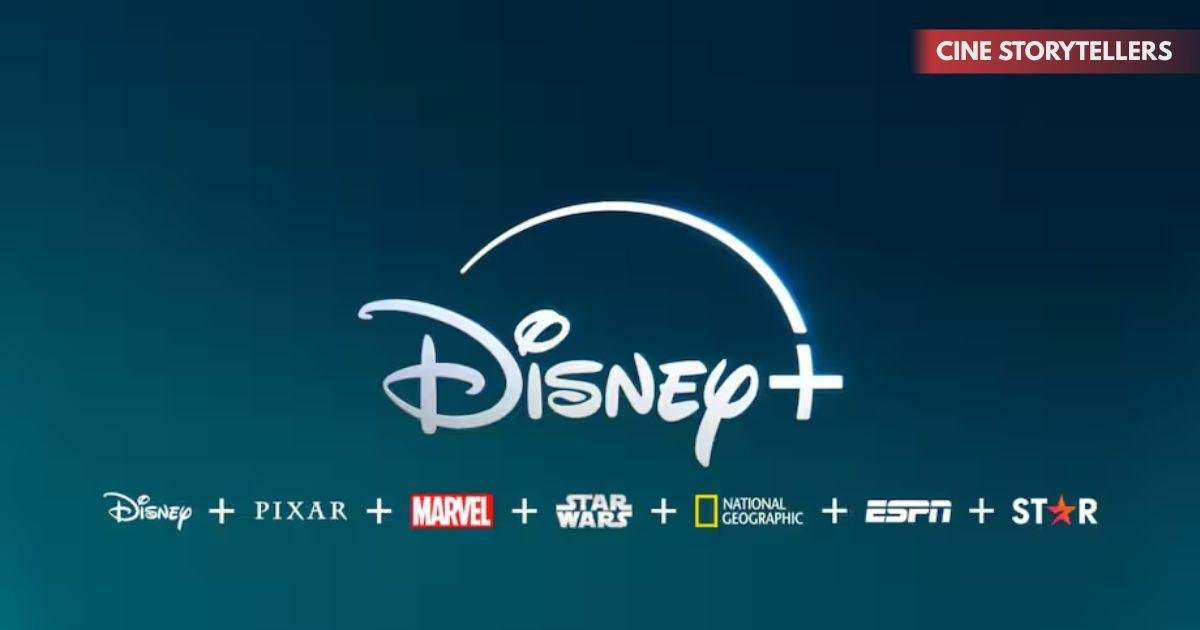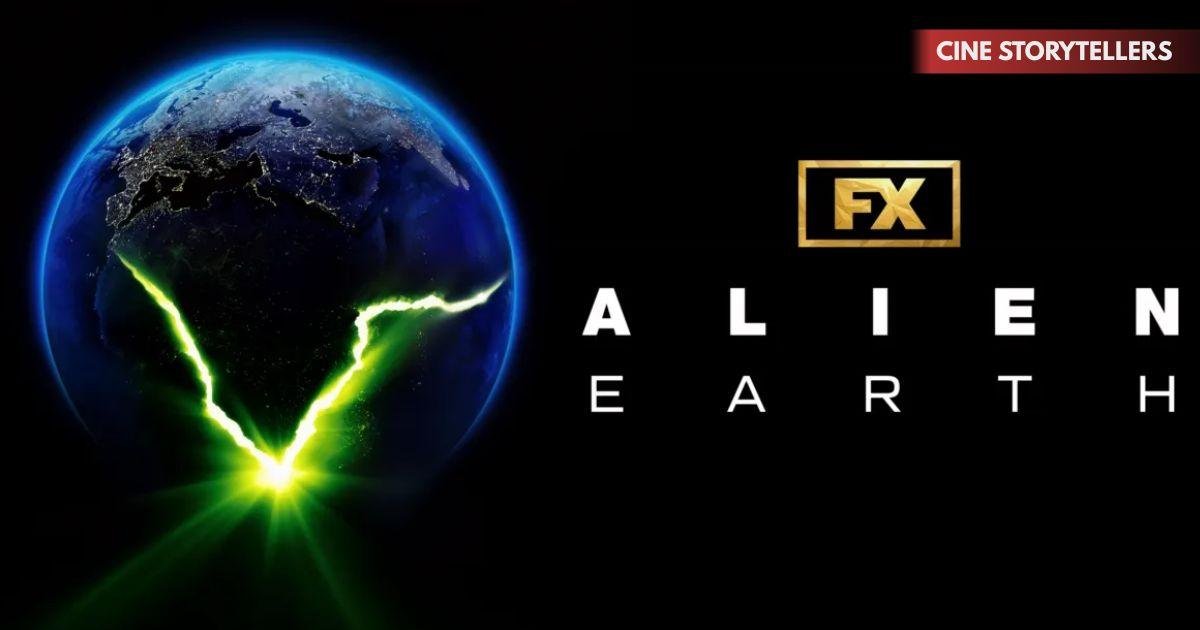Friday the 13th Part 2 (1981) is a landmark slasher film that transformed Jason Voorhees from a tragic backstory into a legendary horror antagonist. Directed by Steve Miner, the sequel follows a new set of camp counselors at Crystal Lake as Jason hunts them down in a gripping tale of suspense and terror. With innovative camera work, iconic imagery, and a growing emphasis on gore and tension, this film cemented the franchise’s place in horror history. Its influence continues to be felt in countless slasher films, and Jason has since become one of the most recognizable figures in horror cinema
Introduction: The Rise of a Horror Franchise
The original Friday the 13th (1980) introduced audiences to the eerie world of Camp Crystal Lake and its dark past. While the first film’s killer remained a mystery, the sequel shifted focus, bringing Jason Voorhees, the son of Pamela Voorhees, into the spotlight. Part 2 not only expanded the franchise’s mythology but also redefined the slasher genre with its innovative approach to suspense and horror.
Plot Overview
Set five years after the events of the first film, Friday the 13th Part 2 follows a fresh group of camp counselors preparing to reopen Crystal Lake. Unaware of the lurking danger, they find themselves stalked and murdered one by one by Jason, who seeks revenge for his mother’s death. The film’s narrative combines tension, mystery, and inventive kills, creating a gripping horror experience that has captivated audiences for decades.
Jason’s Transformation into an Icon
One of the most pivotal aspects of this sequel is the evolution of Jason Voorhees. No longer merely a background figure, Jason becomes the central antagonist, marked by his terrifying presence and iconic burlap sack mask. This film laid the groundwork for his eventual transformation into the hockey-masked killer recognized in later installments. Jason’s silent, relentless pursuit of his victims established a new standard for horror villains, influencing countless films in the slasher genre.
Cinematic Techniques and Direction
Directed by Steve Miner, Friday the 13th Part 2 uses several cinematic techniques that heighten suspense:
- Point-of-View Shots: Placing the audience in Jason’s perspective enhances tension.
- Sound Design: Eerie ambient noises and sharp musical cues maintain a sense of dread.
- Pacing: The film balances slow-building suspense with sudden, shocking kills to keep viewers on edge.
These techniques helped solidify the film as a masterclass in slasher filmmaking, blending psychological tension with visceral horror.
Iconic Moments and Imagery
Several elements from Part 2 have become staples in the horror genre:
- Jason’s Mask: While a burlap sack here, it set the stage for the hockey mask in Part 3.
- Creative Kills: The inventive murder sequences pushed the boundaries of on-screen horror for the time.
- Camp Crystal Lake: The isolated, eerie setting reinforced the “final girl” trope and became a blueprint for slasher locations.
These components not only contributed to the film’s popularity but also influenced countless horror films that followed.
Reception and Legacy
Upon release, the film received mixed critical reviews. Some critics considered it formulaic, while others praised its suspense and inventive kills. Despite this, Friday the 13th Part 2 was a box-office success, grossing over $21 million against a modest budget, proving the franchise’s commercial viability. Over time, the film has been recognized for its role in defining the slasher genre and introducing Jason Voorhees as a lasting horror icon.
Impact on the Slasher Genre
Friday the 13th Part 2 helped codify many elements now associated with slasher films:
- Masked Killer Archetype: Jason’s silent, enigmatic presence inspired similar characters.
- Teen Victims: The portrayal of teenagers as primary targets became a genre staple.
- Isolation and Suspense: The setting of Crystal Lake influenced numerous films featuring remote, confined locations for horror.
The film’s influence is evident in subsequent franchises like Halloween, A Nightmare on Elm Street, and countless modern horror films.
Cultural Significance
Beyond its cinematic achievements, the film reflects cultural anxieties of the early 1980s. The targeting of teenagers, moralistic undertones, and fear of isolation tap into universal fears. Jason’s character represents a relentless, almost supernatural force of vengeance, which resonates with audiences and elevates the narrative beyond mere gore.
Behind the Scenes Insights
The production of Part 2 was notable for:
- Low Budget Creativity: Practical effects and inventive kills compensated for limited resources.
- Cast Challenges: Actors had to navigate physical stunts and maintain suspenseful reactions under demanding conditions.
- Jason’s Persona Development: The decision to make him a central figure transformed the character into the franchise’s enduring symbol.
These behind-the-scenes decisions contributed to the film’s lasting appeal and influence on future horror productions.
Conclusion
Friday the 13th Part 2 is more than a sequel; it’s a foundational work in horror cinema. By placing Jason Voorhees front and center and introducing innovative cinematic techniques, the film reshaped the slasher genre and left a legacy that continues to influence filmmakers and audiences today. For horror enthusiasts, it remains a must-watch, combining suspense, inventive kills, and the iconic emergence of one of cinema’s most enduring villains.
Also Read : Taylor Swift New Album 2025: The Life of a Showgirl Full Details
FAQs
Q1: Who directed Friday the 13th Part 2?
A1: Steve Miner directed the film.
Q2: When was Friday the 13th Part 2 released?
A2: The film was released in 1981, a year after the original.
Q3: What is significant about Jason’s appearance in this film?
A3: Jason Voorhees becomes the central antagonist and wears the iconic burlap sack mask, setting up his future image with the hockey mask.
Q4: How did the film perform commercially?
A4: It grossed over $21 million against a $1.25 million budget, marking it a box-office success.
Q5: What impact did the film have on the horror genre?
A5: It helped define slasher tropes, including the masked killer, isolated settings, teen victims, and suspense-driven horror.
Q6: Is Friday the 13th Part 2 still popular today?
A6: Yes, it remains a classic in the slasher genre and is widely studied for its influence on horror cinema.
Q7: Why is Jason Voorhees considered iconic?
A7: Jason’s silent, relentless nature, coupled with his distinctive mask and gruesome methods, has made him one of the most recognizable horror villains in film history.
Join our WhatsApp channel for more updates and information about celebrities and entertainment
Discover more from Cine Storytellers
Subscribe to get the latest posts sent to your email.


